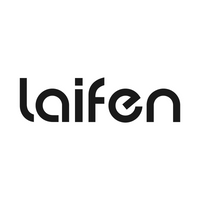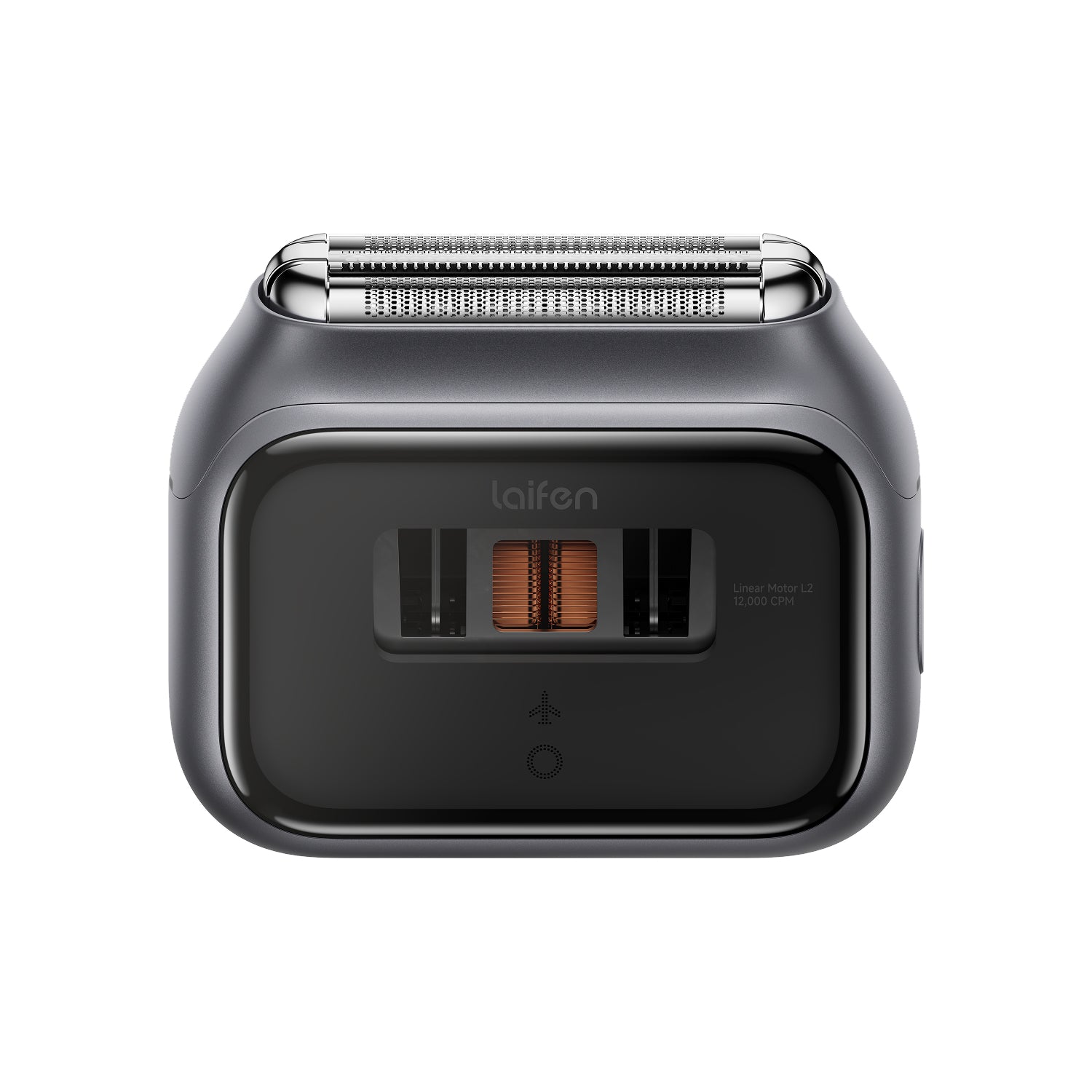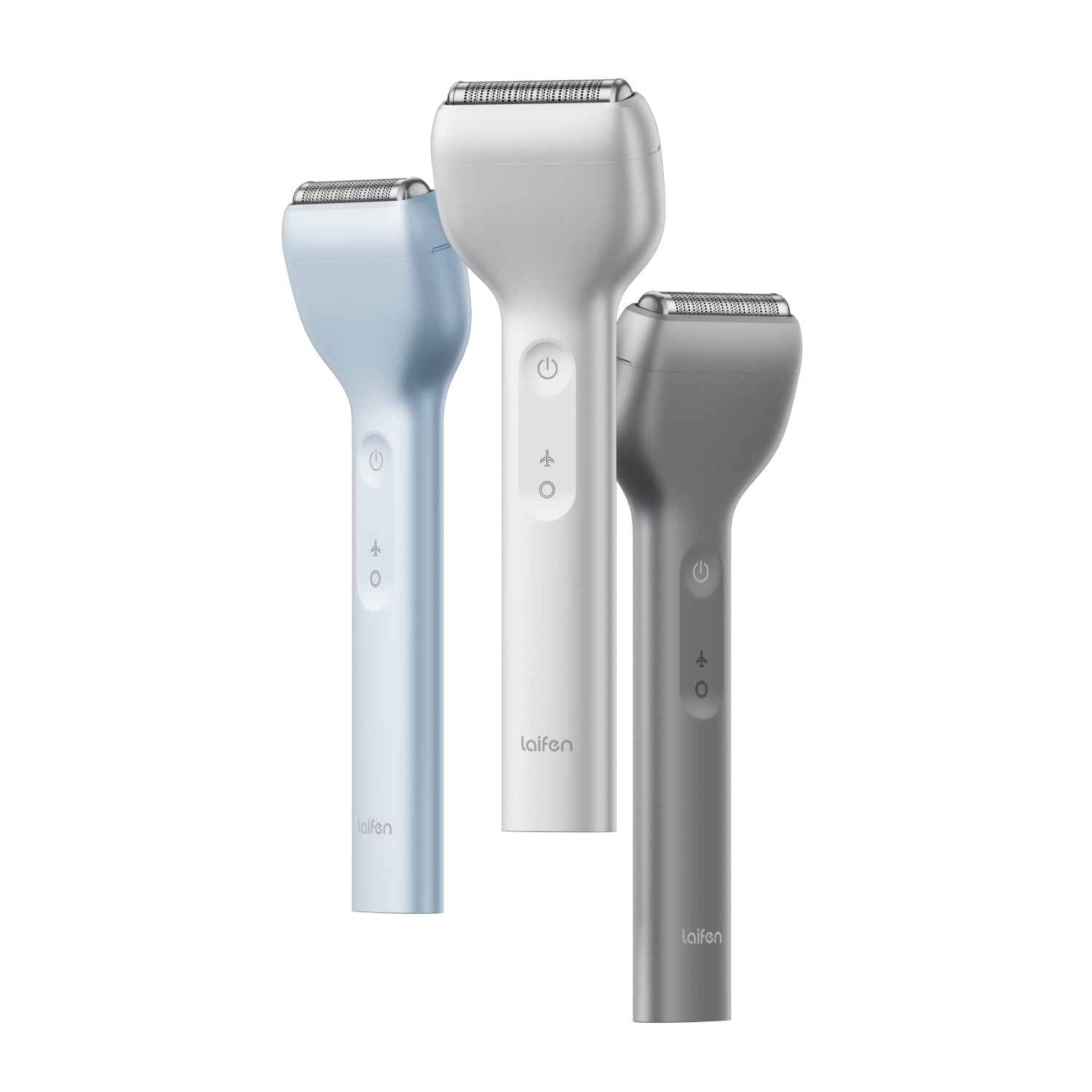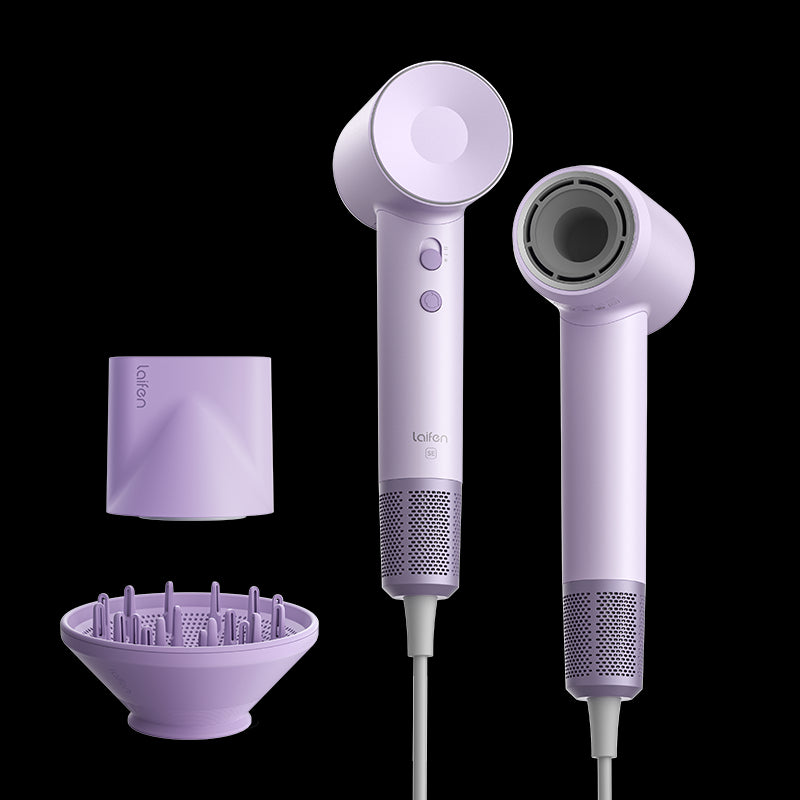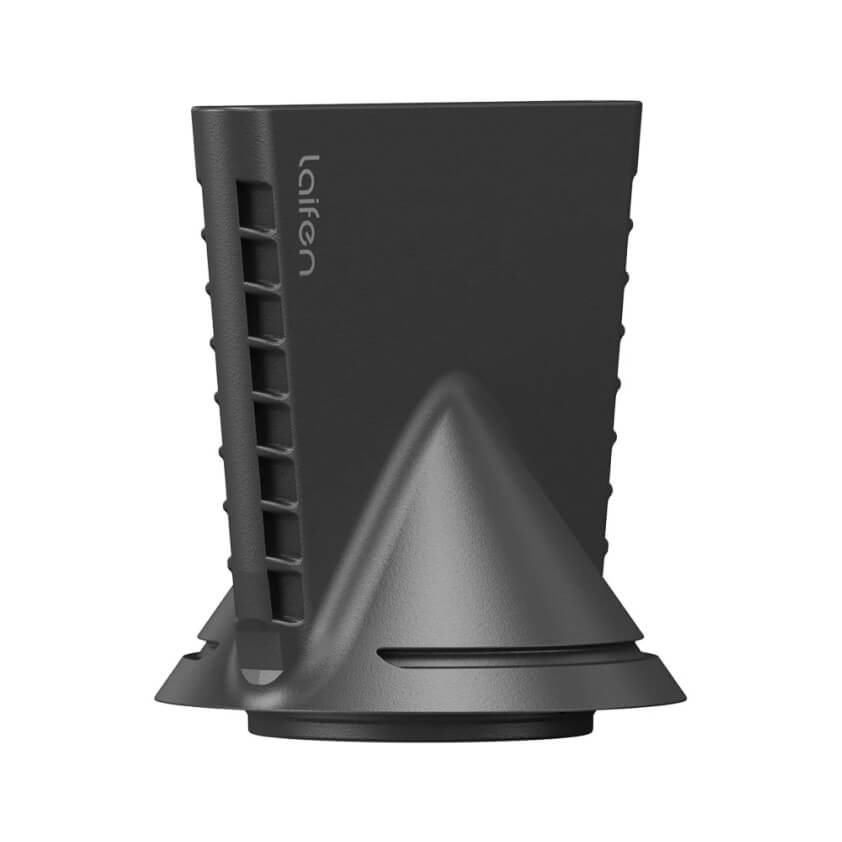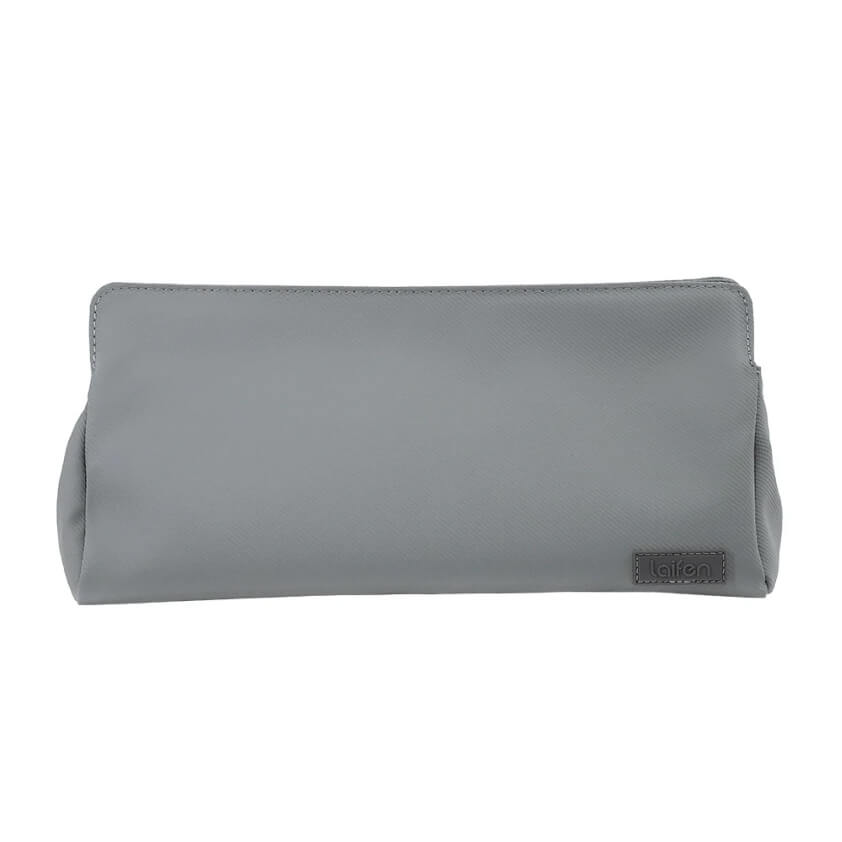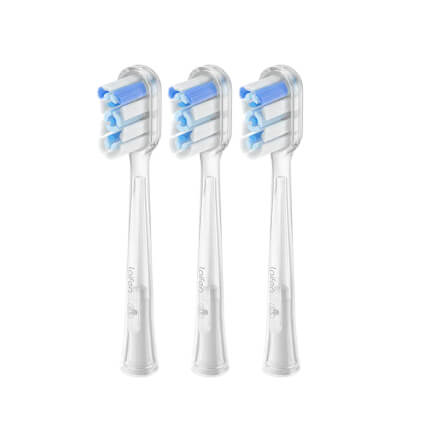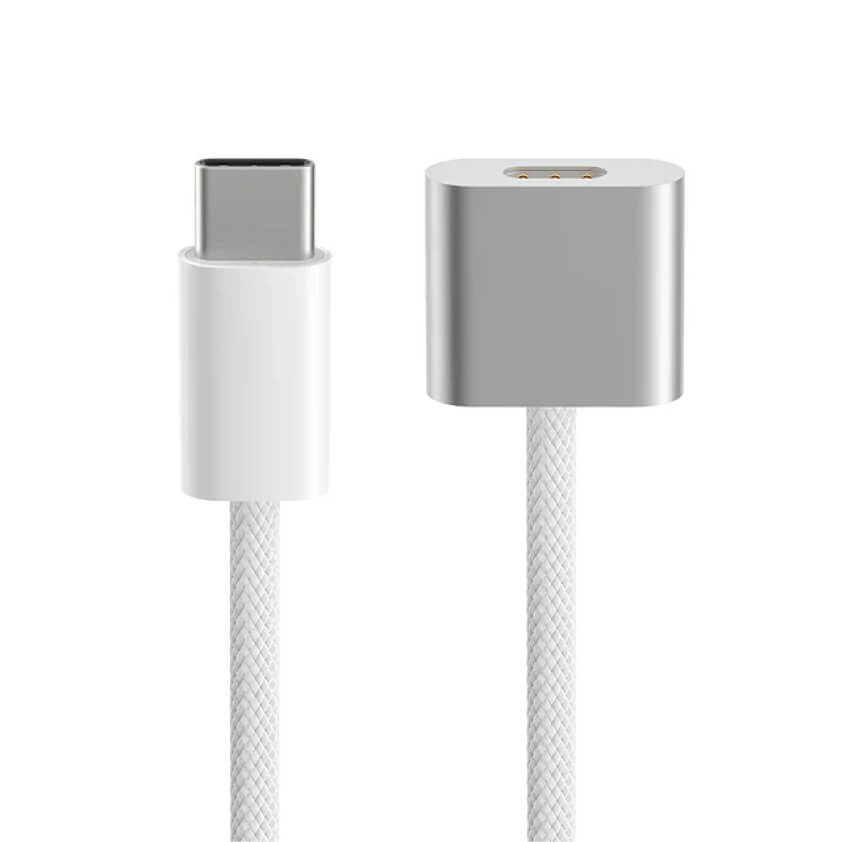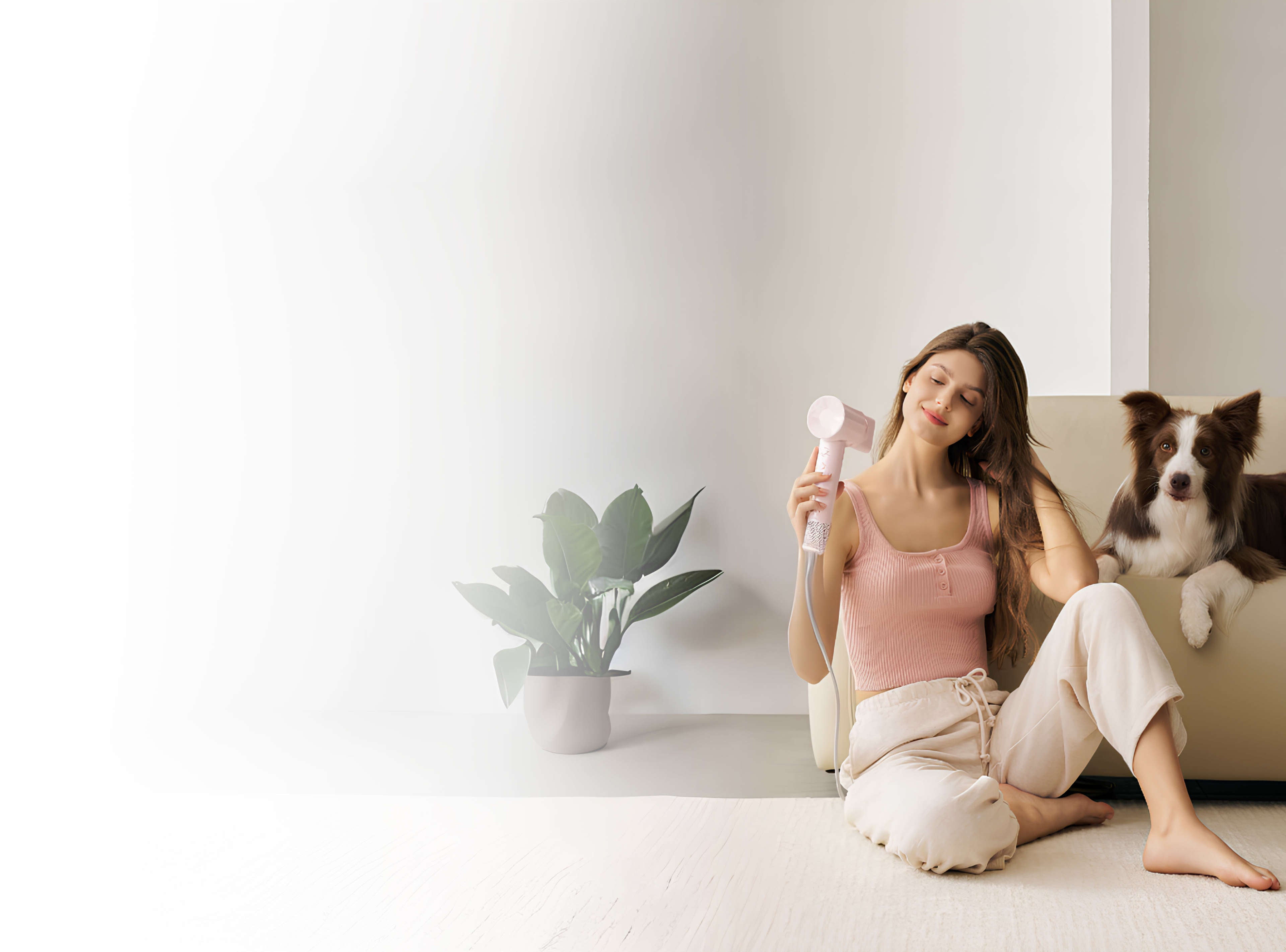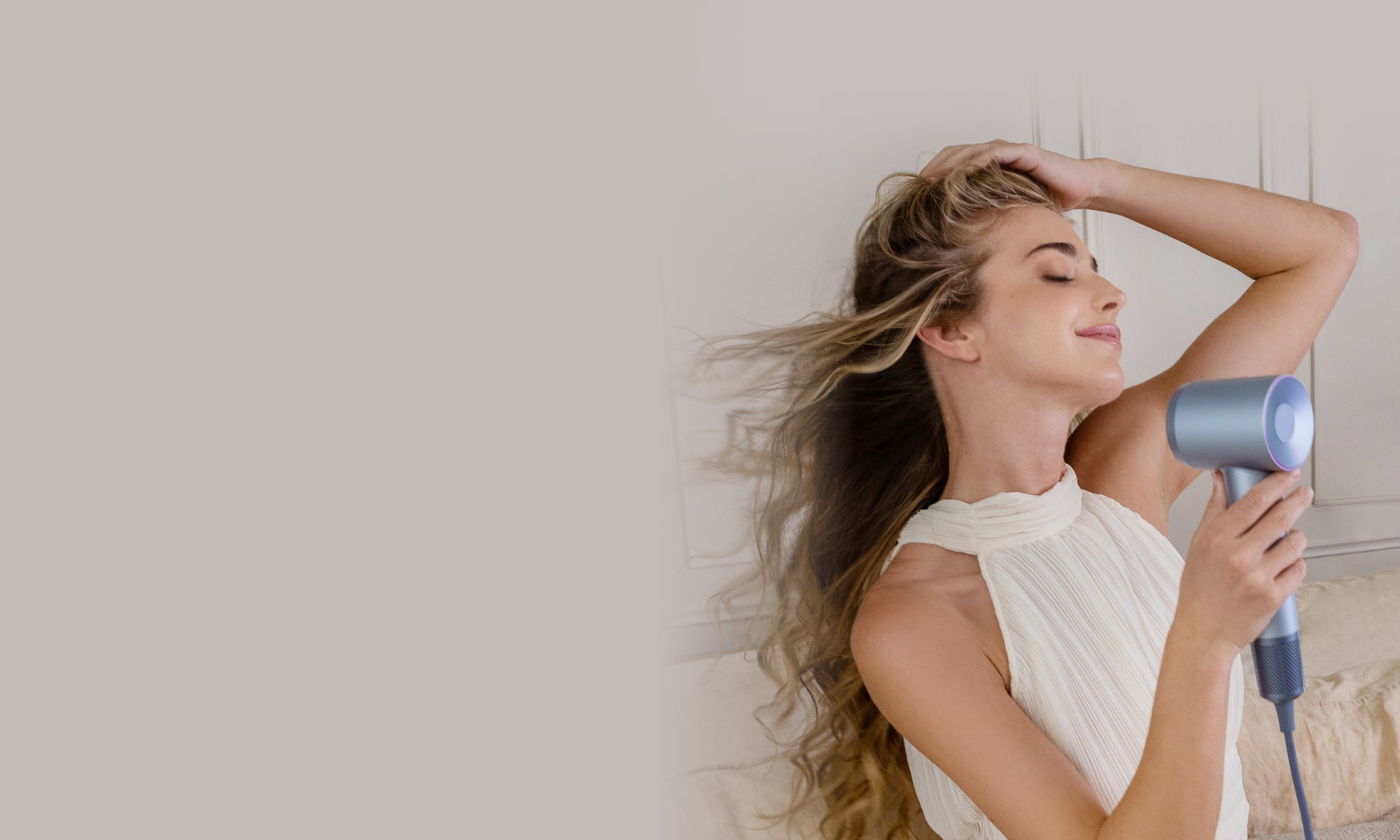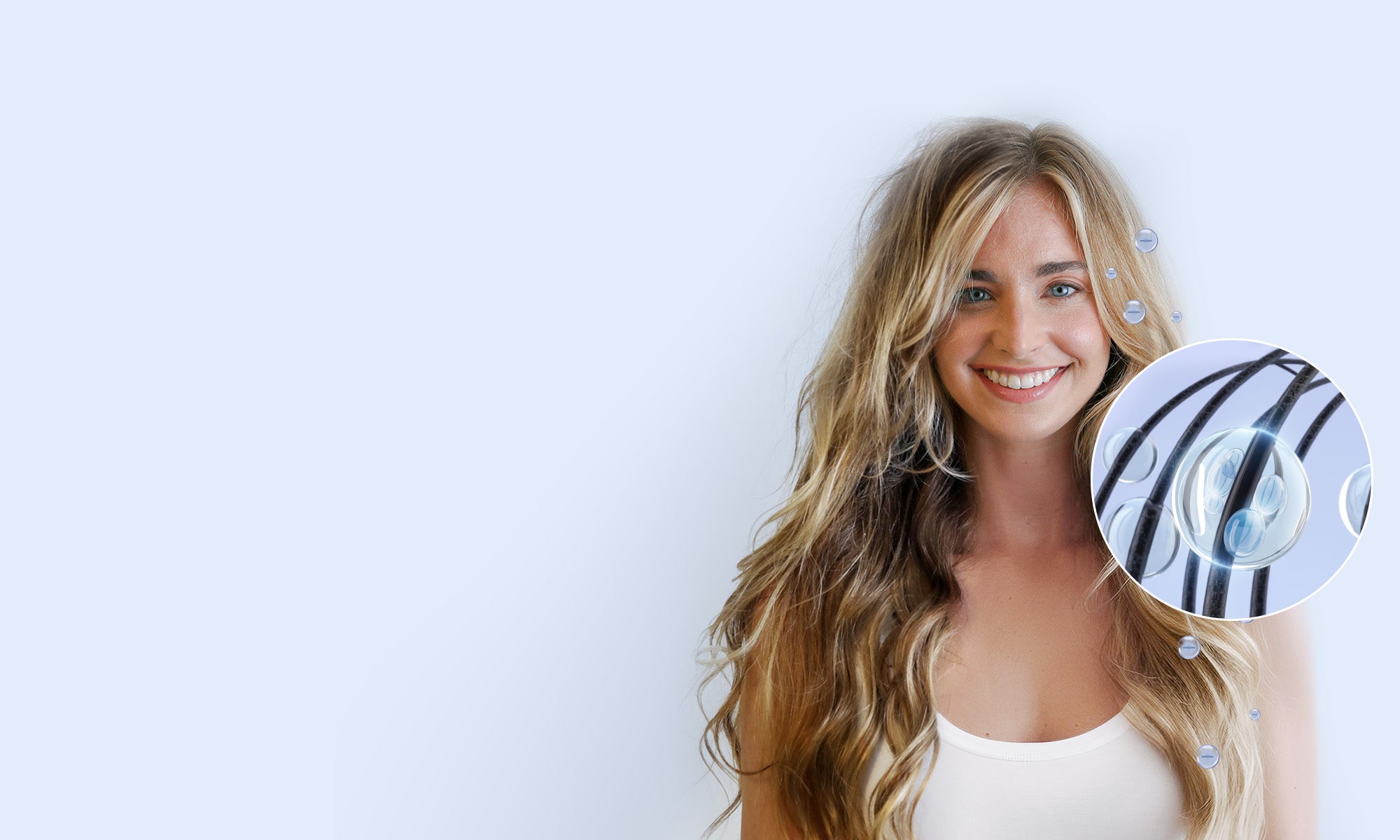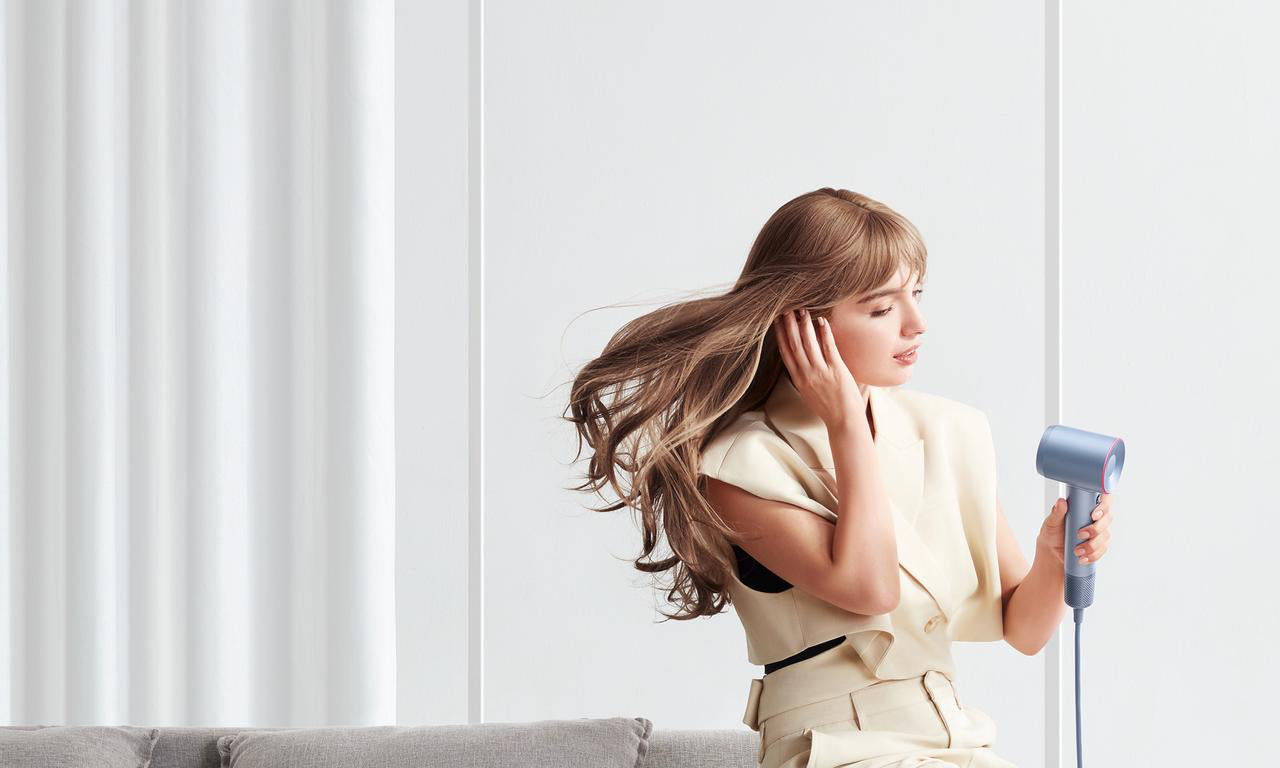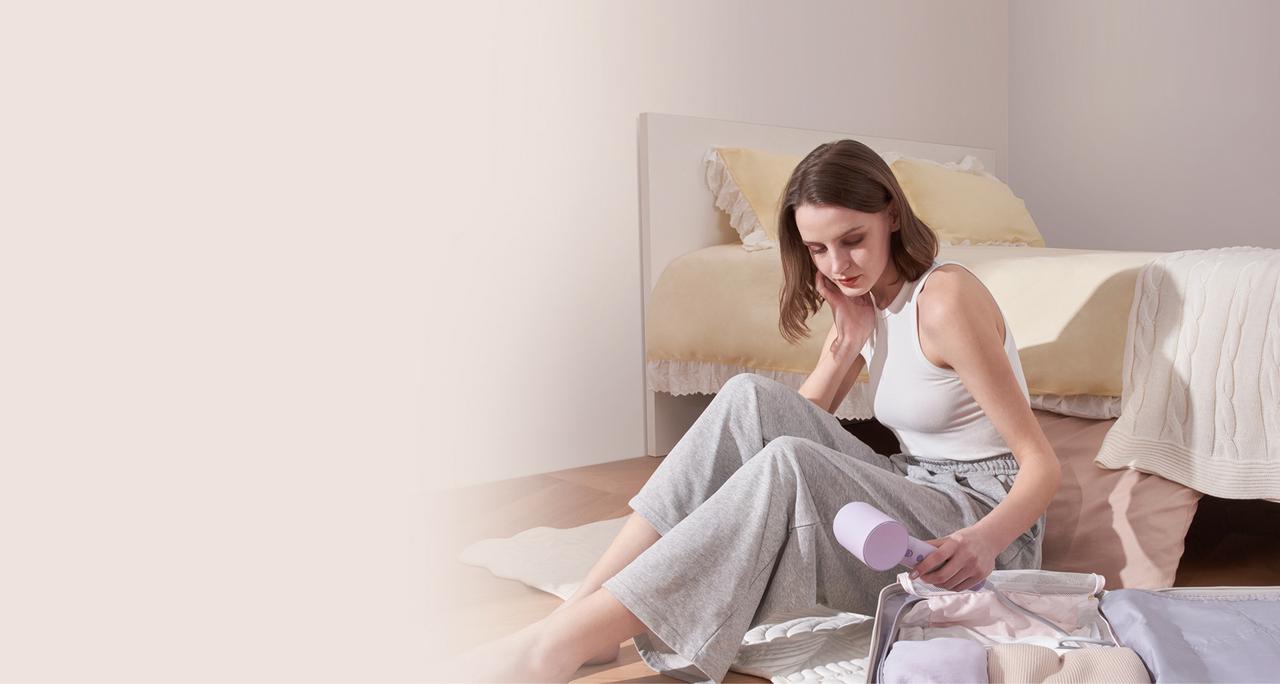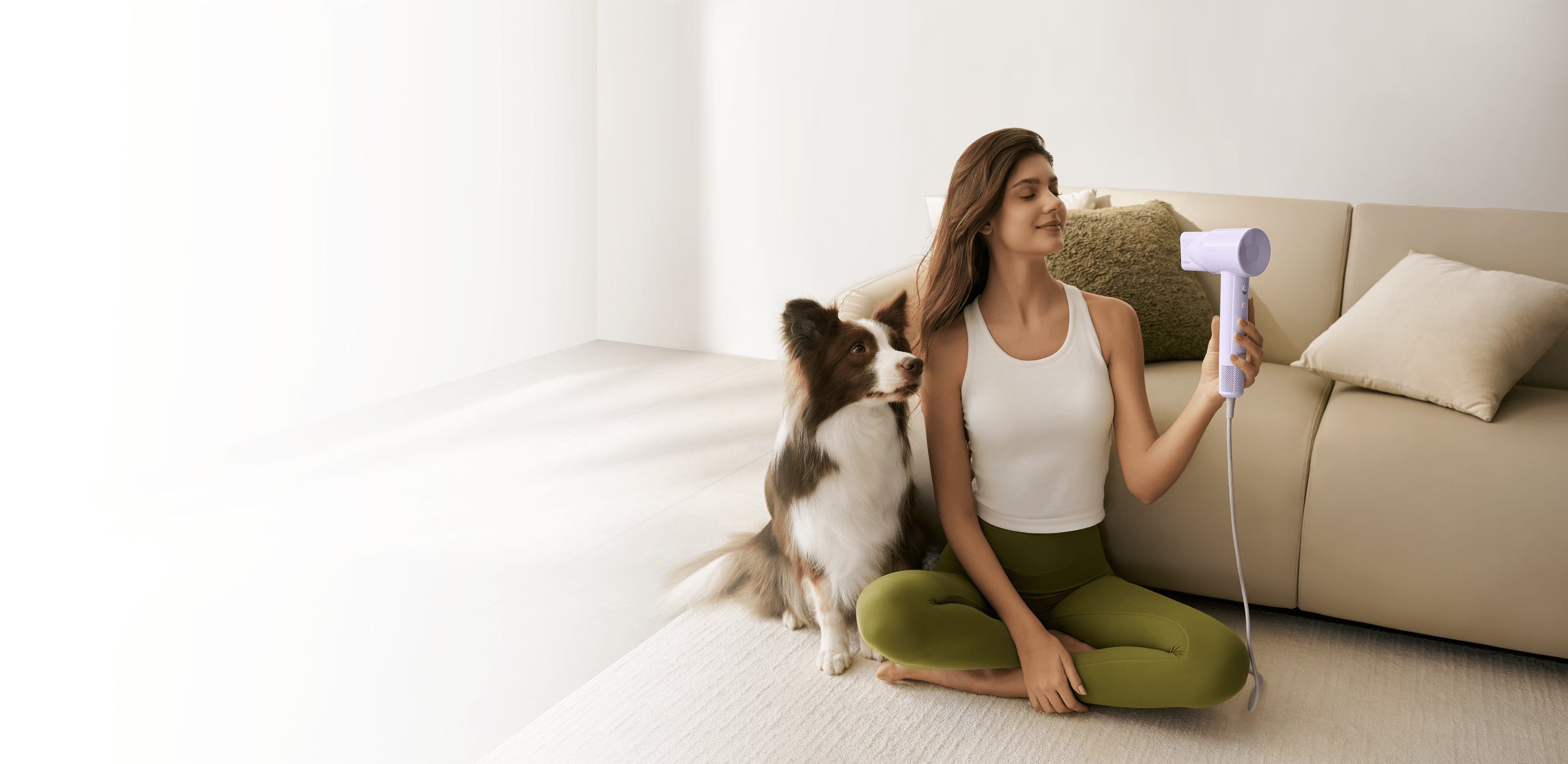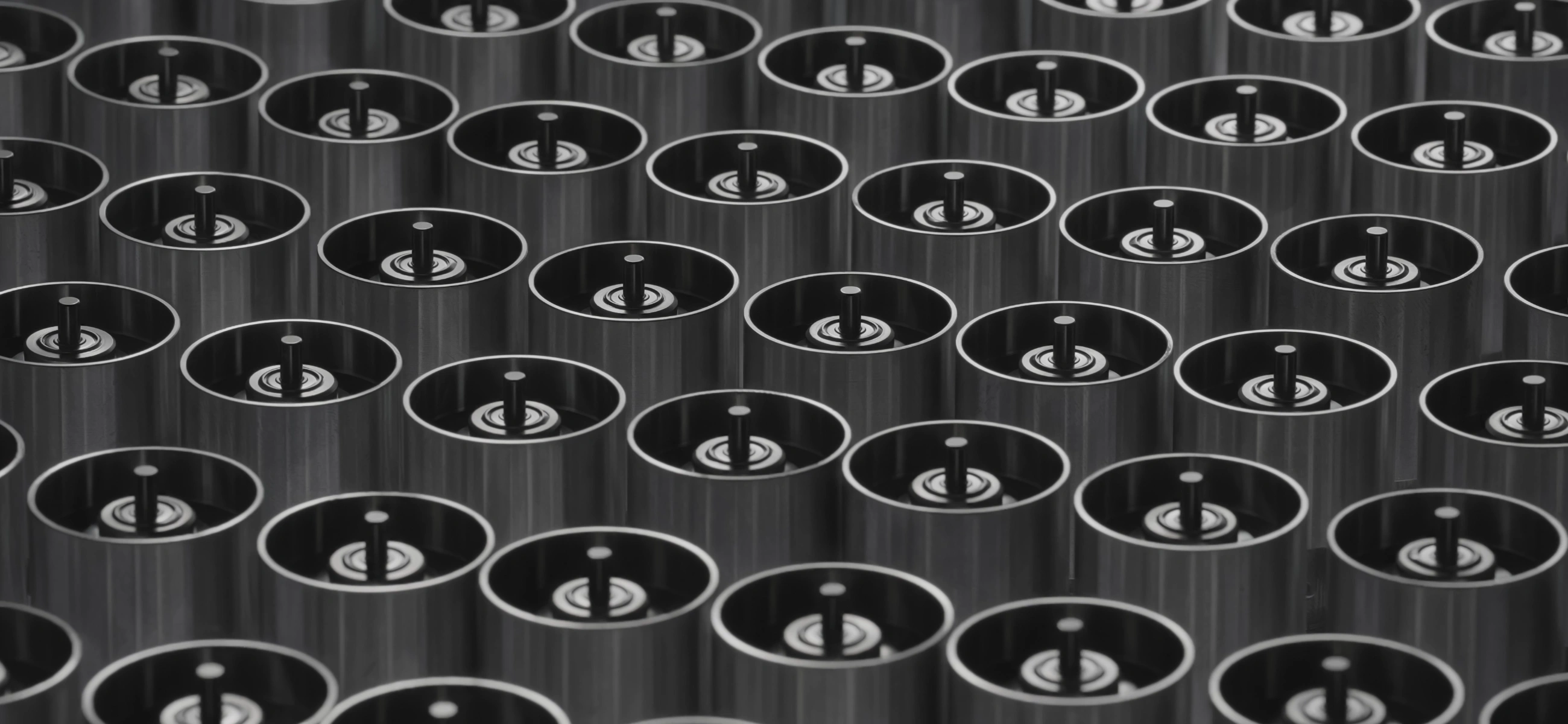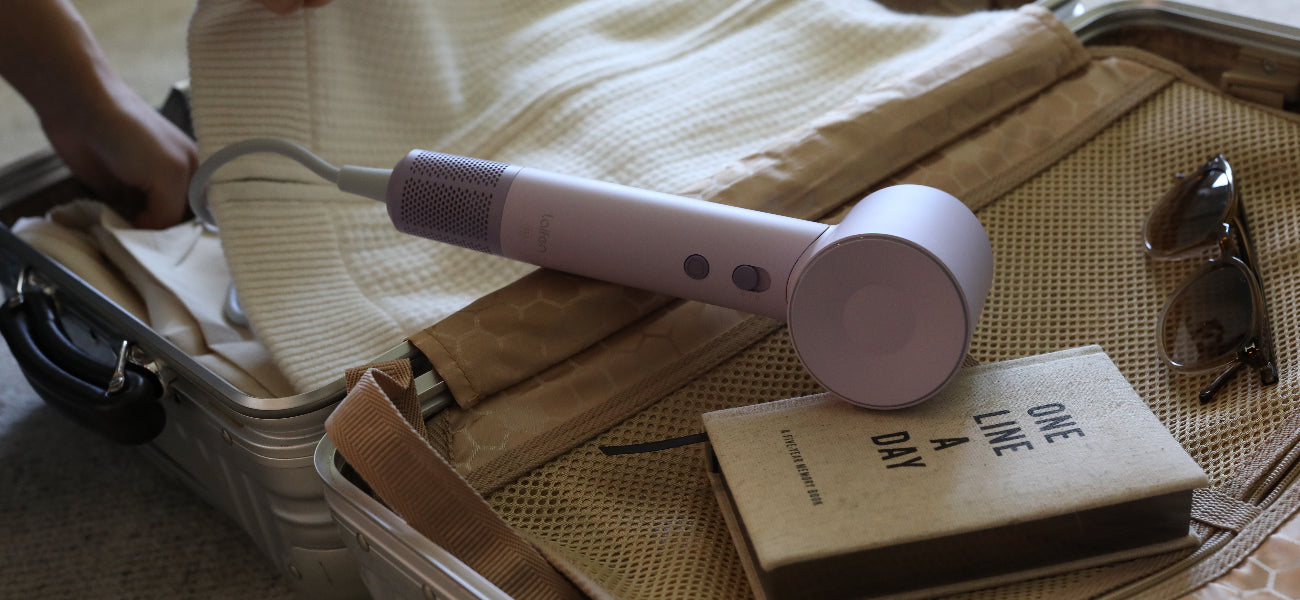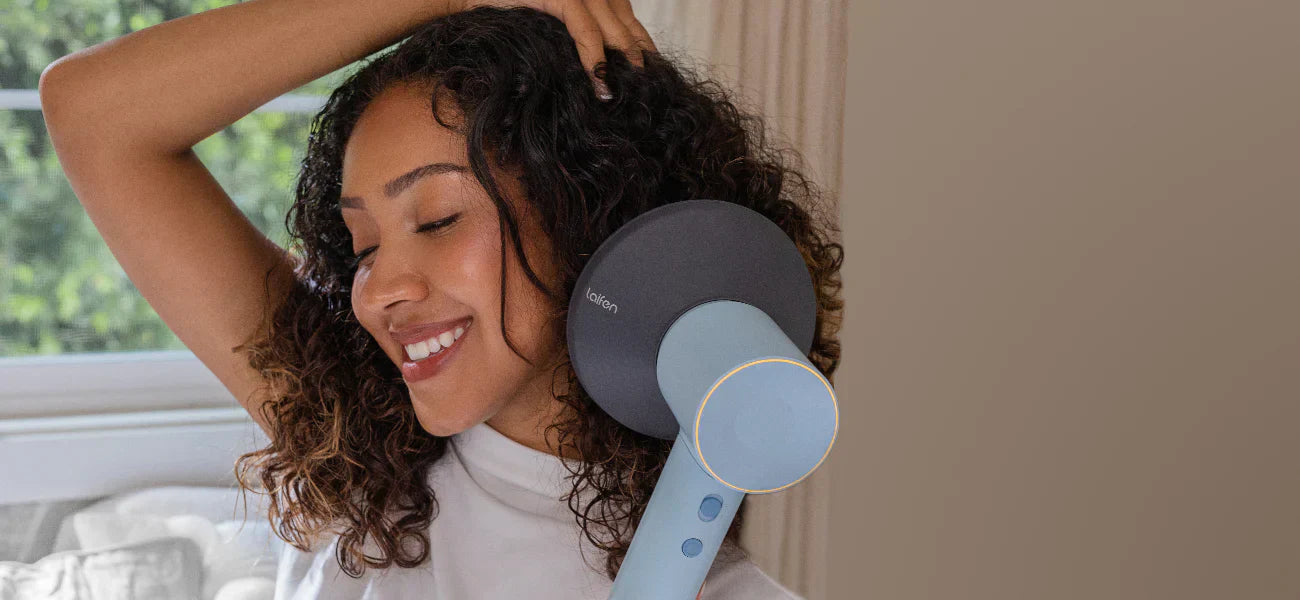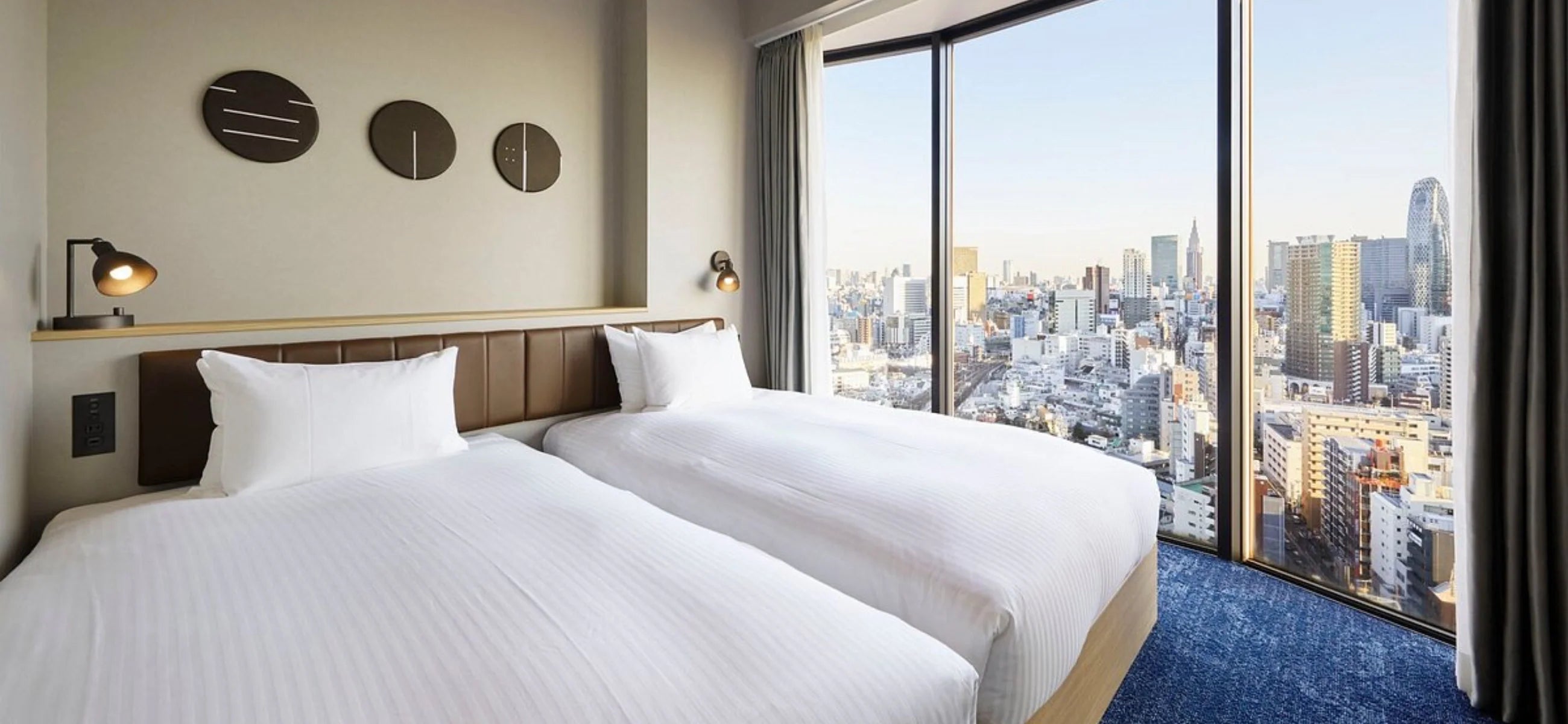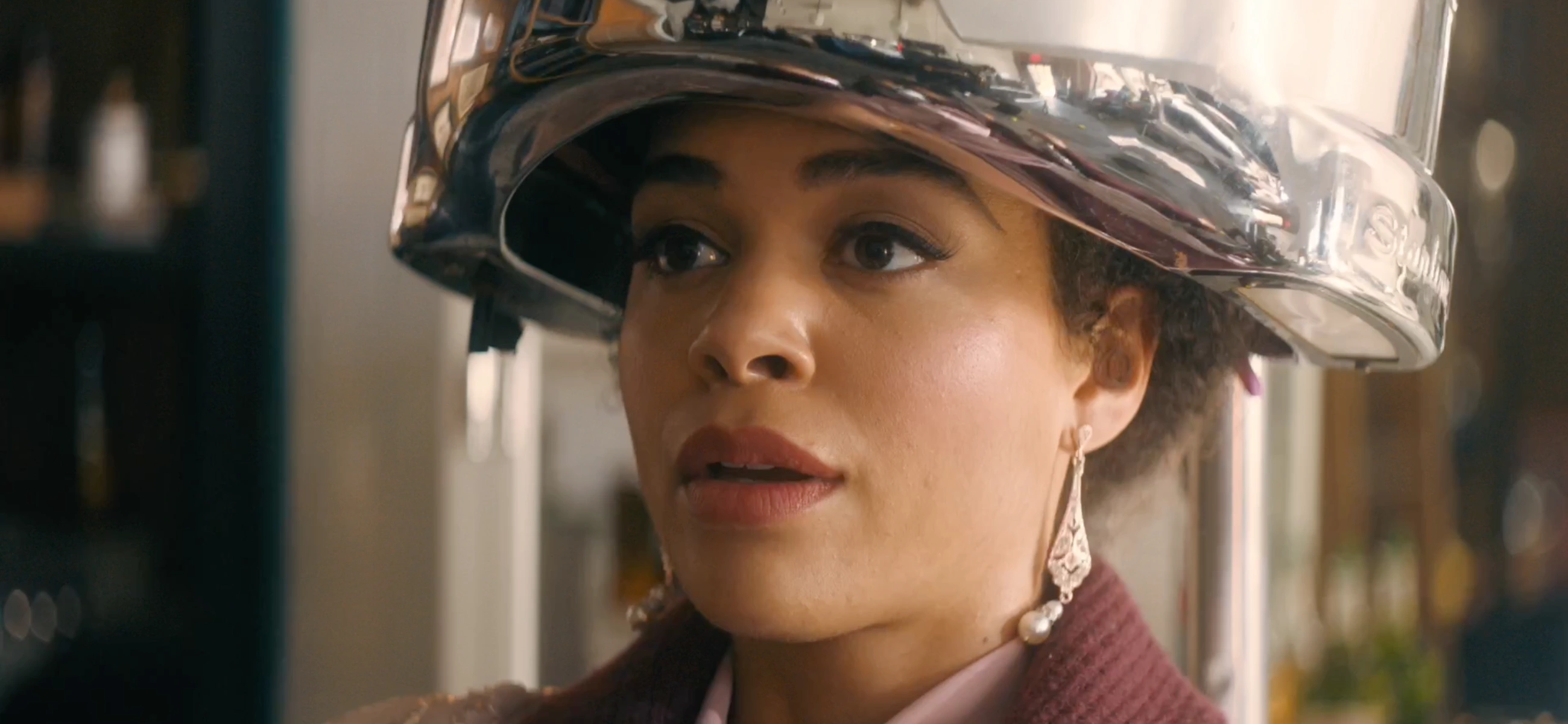
In this article
Hair dryers, ubiquitous in salons and households globally, boast a fascinating history that has revolutionized hairstyling practices. Delving into the roots of their inception unveils a captivating journey that has reshaped the way we approach hair care.
The origins trace back to the early 20th century, with the first handheld hair dryer emerging in the 1920s. Pioneering innovators like Alexandre Godefroy and Gabriel Kazanjian played pivotal roles in refining early designs. These devices initially resembled vacuum cleaners and were cumbersome by today's standards.
However, the 1950s marked a turning point with the advent of compact, lightweight models. Technological advancements, including the introduction of heat and speed settings, transformed hair dryers into more user-friendly tools. Over subsequent decades, materials like ceramic and tourmaline, alongside ionic and infrared technologies, further improved efficiency and reduced damage.
Today, sleek and powerful hair dryers reflect a rich evolution, blending history with cutting-edge technology, offering efficient and stylish solutions for diverse hair care needs. Now, let's travel together to appreciate the 100-year history of hairdryers.
Why do people like blow hair dryers?
Before jumping into the history of hair dryers, here are some reasons why people like them in the first place. They're a convenient tool for everyday hairstyling and keep hair healthy and smooth for days. Investing in a powerful, reliable hair dryer can do wonders for your hair game and quicken your styling time.
1. Perfect for manageable styling
It's no secret that looking presentable is relevant for many people, whether going to work or out with friends. Having manageable, achievable hairstyles can change your look for any occasion, and people will see you as put-together and professional. Buying a hair dryer can do wonders for maintaining your favorite hairstyles.
Furthermore, having a hair dryer can help you practice different hairstyles so that you can change your look occasionally. A hairdryer can help you achieve your favorite looks in a fraction of the time for an all-day hold.

Whether it is Laifen Hair Dryer, Dyson Hair Dryer, Shark Hair Dryer, T3 Hair Dryer, Revlon Hair Dryer, Babyliss Hair Dryer, or other brand blow hair drying tools and products, you can choose and use them to create a hairstyle that suits you best. By the way, you can also pick up the best hair dryer attachments to level up your hairstyling & hair drying experience.
2. Saves a lot of time
Whether you have long, thick hair or you live a busy lifestyle, the time it takes to dry your hair can hinder you. The last thing you want is to run late for a work meeting, an important event, or a party and have to leave with wet hair. Investing in a hair dryer can help you save on drying time.
Using a blow dryer can save hours by drying your hair in minutes, giving you additional time to focus on other important things. You can easily dry and set your hair, then take the time to do your skin-care routine and makeup to ensure you look perfect. It's also handy for traveling and doing last-minute hairstyles that leave smooth, silky strands behind.

3. Cost-efficiency
Many people who want to achieve beautiful, long-lasting blowouts or fun hairstyles often visit their favorite salons. However, it can become costly, especially when you see a stylist multiple times a week for washing, drying, and styling. Instead of going to the salon, purchasing a high-powered hair dryer can help you save money on styling costs.
Even more so, learning how to do hairstyle at home is easier than ever, thanks to online videos and resources. So you can practice at home without leaving the house. A hair dryer can help you hone your craft and become better at drying and styling your own hair.

A brief history of hair dryers
The evolution history of the hair dryer is a long yet interesting one. It stems as far back as the late 1800s, transforming from complex machines to the hair dryers of today that consist of compact, convenient designs. Now, let's review the various changes to the hair dryer and where they lead us today.
1. The hair dryer's inception
The progress of the hair dryer stems over 100 years, but let's jump back to its inception. The invention of the hair dryer originated from French designer Alexandra Godefroy, surpassing the common use of vacuum cleaner hoses and other tools often used in salons of the time.
Godefroy's first designs of hair dryers satisfied the salons and style visitors who wanted help with drying time and smoothing cuticles. Godefroy owned a salon herself and saw the potential in how her design could help stylists work on clients more quickly. It was an innovation that made stylists happy and satisfied clients with busy schedules.
2. Early hair dryer models
The first hair dryer designs aren't the lightweight, compact designs that many stylists and beauty enthusiasts use today—the early versions of the hair dryer consisted of large, seated devices connected to gas stove chimney pipes. The bonnet attached to the chimney pipe gas stove remained fixed while it dried the client's hair. The early devices required significant energy and weren't as efficient as they should have been. Furthermore, older hair dryer models also had high safety risks due to them starting fires.
The client had to sit while the head remained tucked under a dryer hood, which became a staple of any salon today. Overall, the invention of the hair dryer resulted in extreme popularity and became a staple for salons.
3. The first handheld blow dryer
After the first two to three decades of the salon hair dryer, many clients and stylists desired a more convenient, compact version. Many companies introduced handheld dryers in the 1920s, but they didn't become more popular until a couple of decades later.
Hair dryers eventually switched from metal materials to plastic, making them more user-friendly and lighter. Furthermore, the focus is on making them more power-efficient for faster drying time and less frizz. There was a significant focus on improving the superficial exterior, materials, and wattage needed to work, as they only limited 100 watts of power due to power usage issues.
4. The 1950s and '60s
The 1950s brought consumers and stylists a more advanced version of hair dryers, as they had smaller, more lightweight designs with a tube connecting to a bonnet worn over the head. Like previous versions, air flowed through pipes into the bonnet to provide heat and lock styles into place. However, they often ran on 300 watts of power, which took more drying time.
In the 1960s, hair dryers continued to change as they offered better electrical motors, using better power wattage and being more efficient. The engine remained inside the hair dryer body, making it more user-friendly and portable. They produced 500 watts of power due to their mechanical and electric advancements.

5. The hair dryers of the '90s and today
In the modern era, the Consumer Products Safety Commission took important precautions and measures to protect against dangerous association risks from hair dryers. Modern hair dryer designs come with ground fault circuit interrupters and temperature cutoff switches without sacrificing weight and power. Modern hair dryers often use around 2000 watts of power.
Hair dryers of today also dry significantly faster than their predecessors, with increased safety and convenience. Some hair dryers even have touch-sensitive temperature control, magnetic attachments, quieter functions, and stylish designs.

Frequently asked questions about hair dryers you will be interested in:
Ready to unravel the fascinating world of hair dryers? Let's chat about what makes them speedy, explore the different types out there, and geek out on the cool technologies making our hair-drying game strong. Ever wondered how hair dryers shook up society? We'll dish on that too. And for a bit of nostalgia, let's peek into the quirky ways people used to dry their locks in the good ol' days.
Q1: What makes a hair dryer faster?
Ever wondered why some hair dryers seem to work their magic faster than others? It's all about power and airflow. High wattage motors and advanced fan designs create a stronger gust of air, reducing drying time significantly. The heat distribution also plays a crucial role – ceramic and tourmaline technologies ensure even warmth, accelerating the drying process without compromising your hair's health.

Q2: What are the main types of blow dryers?
Blow dryers come in various shapes and sizes, each catering to specific styling needs. There's the classic handheld dryer, perfect for everyday use. Then, there are compact and travel-friendly cordless dryers for on-the-go styling. Professional-grade dryers pack a punch, boasting advanced features like multiple heat settings and ionic technology. And let's not forget hooded dryers, ideal for setting styles or treatments.
Q3: Which technologies are the most important for hairdryer?
Tech-savvy hair dryers are a game-changer. Ionic technology helps reduce frizz and enhances shine by breaking down water molecules. Ceramic and tourmaline materials ensure consistent heat, preventing hotspots. A cool shot button is a must for setting styles, and variable heat and speed settings provide flexibility for different hair types and styles.

Q4: How did the hair dryer impact society?
Believe it or not, the humble hair dryer played a role in shaping societal norms. Its advent allowed people more control over their hairstyles, influencing fashion trends and self-expression. As salons became more accessible, the hair dryer became a symbol of personal grooming and style evolution.
Q5: How did people dry their hair in the past?
Picture this: before the buzz of electric hair dryers, people got creative with their drying methods. From using manual hand-cranked machines to sitting under cumbersome hooded dryers, the journey of drying hair was an art. Natural air drying, too, was a common practice, with folks relying on good old sunshine or wind for that perfect dry.
Conclusion
Finding a high-powered hair dryer doesn't have to take forever. At Laifen, we offer beautiful, stylish hair dryers that help you lock in your favorite hairstyles and smooth down cuticles. Our hair dryer technology allows hairstylists and consumers to recreate their favorite looks with high-tech, cutting-edge technology that lasts. For more information, contact us today.
